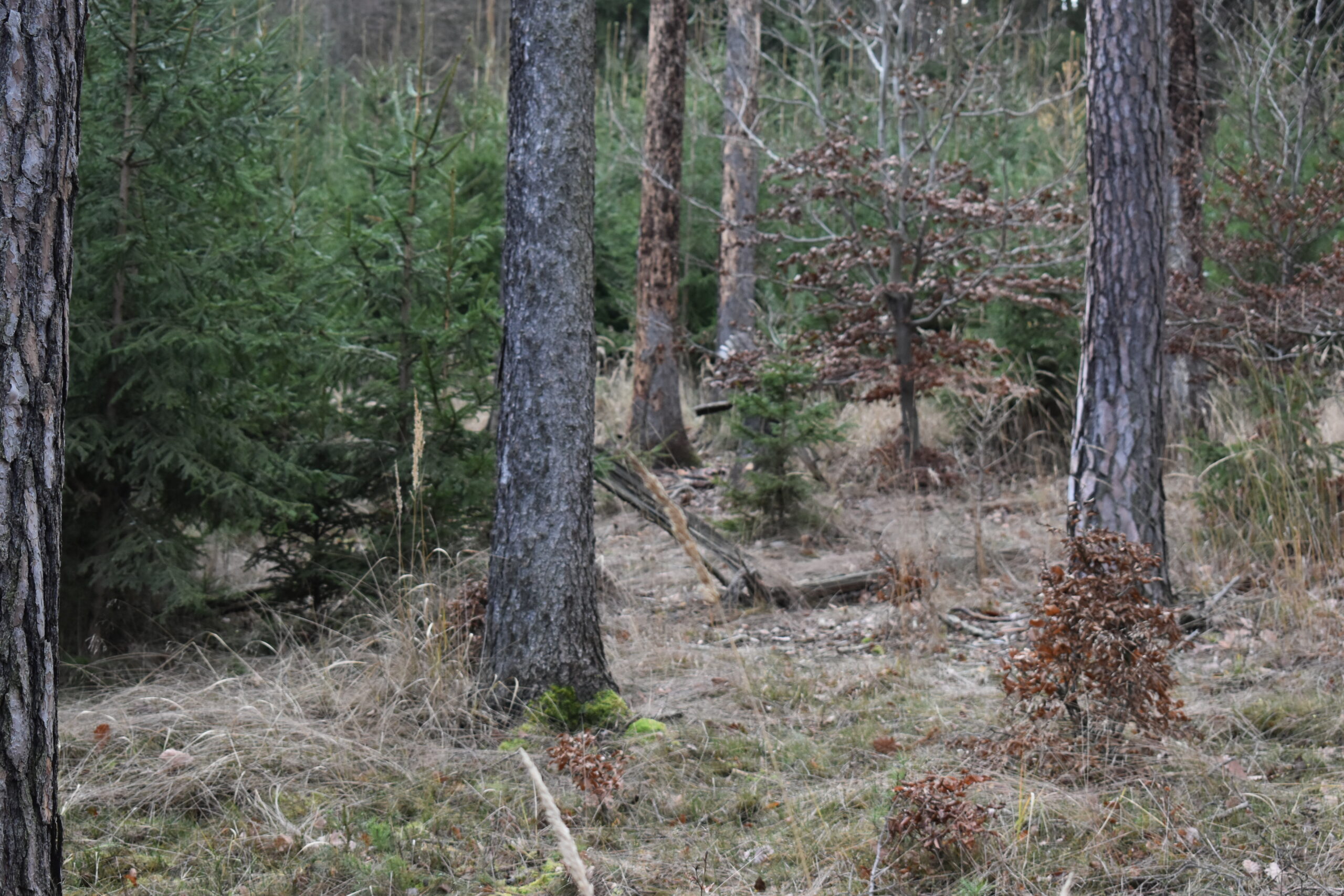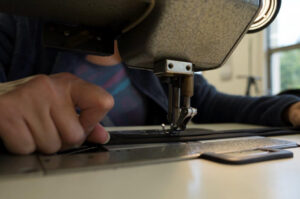Flint or lighter
Why is a flintlock better than a lighter? Wouldn’t matches match the same job? Where is the advantage and where are the differences? Let’s see.
Flint or firesteel
One of the most common ways to open fire before inventing matches was flint. But it looked a little different than we know it now. Formerly flint or firesteel consisted of flint (flint stone) and steel (a piece of carbon steel, originally a piece of pyrite).
But you still need a suitcase to light a fire. It worked by crossing a stone on steel to create a spark that, if well oriented, ignited the trunk and you could soon warm your hands with the fire.
Today’s firesteels look a little different. As is well known, in Sweden they were invented by Mr. L. Fahlt as an alternative lighter for adverse Nordic conditions.
Not only are they military equipment, but they are also very popular with foresters and preppers.
Flint laid on a sheet
Flint as a friend in trouble
So why is a flintlock so popular with everyone? Why do you see him in every bushcraft video?
The answer to the first question will probably be more comprehensive and we will return to it, but first let’s say why there are so many videos from bushcrafts? In this case, the answer is likely to be simple – no one wants to look like a „girl“ in a video and light a fire with a lighter, even if it’s usually offered.
Exercise makes perfect
It was a little exaggerated. Now let’s go back to why flint is simply better than a lighter and it matches.
How do you wear matches?
How about a lighter? That’s right, most people have a lighter in their pocket and matches in the top or side pocket of a backpack, so if you take a bath in inclement weather, you may want to warm up. You may want to change and let the wet one dry. Yes – fire is the solution, but you have to start it. Wet matches become mud and the lighter just doesn’t want to talk. When you try it for the tenth time, the stone bounces off and is above the lighter.
And if both of these options fail, it’s a good idea to have a flintlock in reserve. He doesn’t need any special care at all. You can leave it in the closet for years, you can take a bath with it, it can freeze, you can fall into the mud, but then you just have to wipe it off (scrape off the black layer – not scatter) and the fire is born.
Here it is still important to return to the title of this paragraph – the exercise is perfect. I recommend trying out how the flintlock works and how to handle it properly. It looks very easy in the video, but trust me, the practice is worse.
So before you pack a flintlock as a „survival“ tool in KPZ, learn to flirt with it. Try which technique is right for you and what it means to cut flint and make sparks.
Many stone slabs have cards that are on the chain next to the flintlock, but some flintlock locks may not have them. Then you can use the sharp (top) edge of the knife or, for example, the edge of the Swiss knife openers.
Flint, bark and knife laid on a tree stump
Lighter and tinder
Once we know how to create a spark, I will not forgive myself for a lesson of tides. The biggest spark will apply to the sponge if it doesn’t fall where it should. If rain is your enemy and everything around is wet, you have to look for yourself. The lumps of dust and substances you have in your pocket work very well. It is also possible to gently remove lumps from the sweater, for example with a knife edge. If you are expecting rain, it is good to take a piece of birch bark in your pocket, where you will keep it dry or dry it a bit.
If you bathe against your own will, you must look around. Birch bark burns very well, but you can also use some tarwood (fatwood). They catch grass well, but they must be dry.
If you really want to survive and the weather does not spare you and you have bathed, try drying your hair or beard. Just be careful – it burns very fast.




